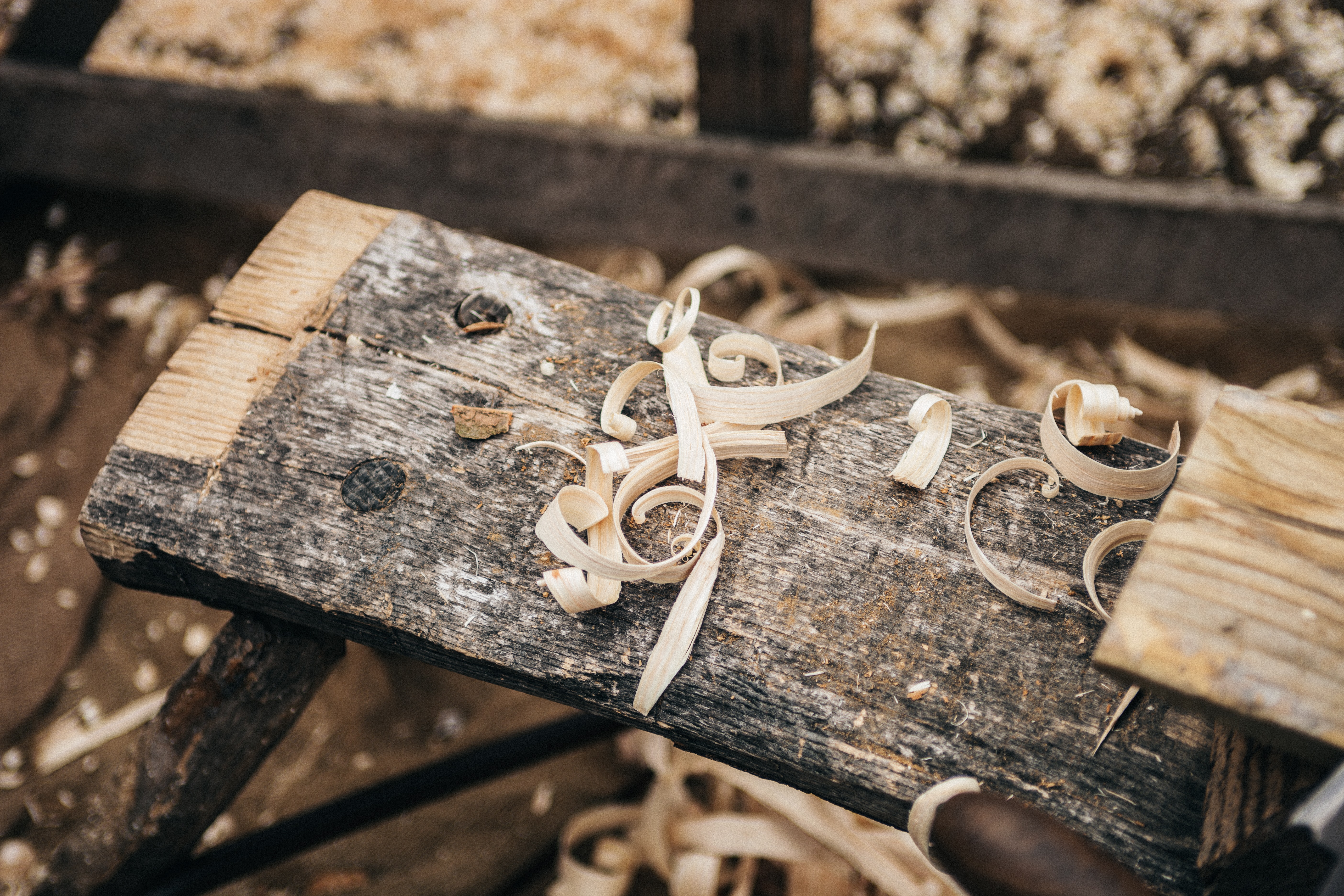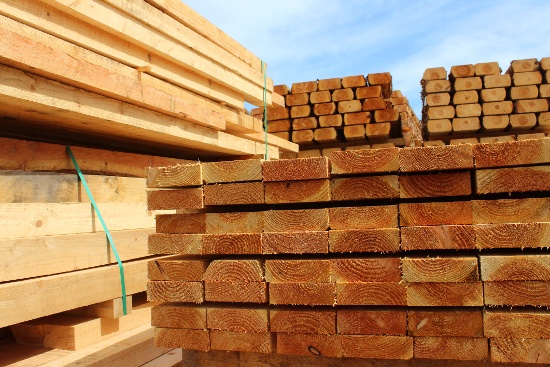moisture meters
woodwork
Delmhorst
lumber industry
lumber professionals
lumber
Moisture content in lumber
moisture levels
delmhorst moisture meters
How to Get the Most Out of Your Moisture Meter: A Guide for Lumbermen and Woodworking Professionals

Welcome to our series of articles for woodworkers and other professionals in the lumber industry, where we've been exploring why the moisture meter is absolutely the best way to monitor and assess the moisture content in lumber. In this fourth article, we’re looking at how everyone in these industries can get the most out of their meters in terms of performance, durability, and usefulness.
Investing in a high-quality tool for your trade is rarely a decision taken lightly. That’s why we think it’s important to provide old and new users of Delmhorst moisture meters with the right resources and information to make an informed choice – and to get the most out of their tools for many years to come.
Choosing the Right Device
In our last article, the third in this series, we explored why you might want to buy a particular type of moisture meter. Lumber and woodworking professionals need to assess the moisture content in wood, sometimes in small pieces, and sometimes over large areas or in a large lot.
Pinless moisture meters allow you to quickly assess the moisture content in lumber over a large area, simply by placing the meter directly onto the wood. The Delmhorst Proscan is simple to set up and use onsite, is non-invasive, and ideal for large areas of wood such as a flooring installation or construction lumber.
Pin-type moisture meters use two pins inserted into the wood to measure the moisture content in wood products. The Delmhorst Navigator™ range of pin-type meters are programmed with multiple species, making it ideal for use-cases across the lumber and woodworking industries.
The first step to getting the most out of your moisture meter is to make sure you have the right type of meter. Delmhorst is always happy to provide advice on the best meters for your particular application or projects.
Look After Your Moisture Meter’s Condition
High-end moisture meters like the Navigator™ range are robust and durable, built to withstand the rigors of virtually any woodworking application. Of course, they come with a warranty. However, you can do your part to extend the life of your device even further, such as:
- Store your meter in the included carrying case. This can help prevent damage from falls and knocks and can even protect it from dust and the elements.
- Use the recommended type of batteries. This helps ensure optimal meter performance. Check your batteries have a good amount of charge on them to avoid the frustration of dead batteries. Fresh batteries also help keep the meter in calibration.
- Avoid extreme conditions. For example, don’t leave your tool in a hot or cold vehicle or near a water source where it can become wet. Advice like this may seem obvious, but when your tools are extremely durable, it’s easy to forget that they won’t withstand everything!
- Don't force the pins. Don’t force the pins into a material such as a knot or other defect in a board. This can quickly damage the pins. Speak to an expert about using an external electrode if you are unsure.
Find Out About Service and Parts Replacement Options
If an issue develops with your moisture meter, always speak to the manufacturer. In most instances, a trained technician can help you troubleshoot and fix your issue while you’re onsite, helping you get back to work faster. On the occasion where the meter can’t be fixed via a phone call or online chat, there should be options in place to ensure your meter can be serviced quickly.
When you buy a moisture meter, review the warranty and service options. Reputable moisture meter manufacturers should be transparent about what they will replace and repair, and how to go about getting the assistance you need.
Take Advantage of the Available Resources
Even if you’re experienced with moisture meters, there is always more to learn about the best ways to use your tool to maximize its value and effectiveness. Resources specific to your industry can help you make the most of your meter by exploring more features of the device, talking you through hints and tips for better usage, or even looking at ways to extend the life of your meter.
Be sure to check out Delmhorst’s blog on a regular basis. Our engaging articles look at a range of topics, from using moisture meters in the building trades industries to the ways temperature and humidity affect moisture content – essential reading for anyone who works with wood. We’ve also got a range of eGuides, designed to give industry-specific advice on the best ways to use moisture meters. Lumber professionals should check out The Wood Doctor’s Guide, which looks at moisture content in lumber from the mill to manufacturing.
Explore the other articles in our series on moisture meters for the lumber industry and keep an eye out for the next article which is an intriguing case study on the real-life benefits of using Delmhorst moisture meters when working with wood. If you have questions about how to get the most out of your moisture meter, or which meter is right for you, contact the friendly team at Delmhorst for more information.
Subscribe to Our Blog
Post Related

Moisture Content
Moisture Meter
moisture meters
Delmhorst
lumber industry
lumber professionals
Moisture content in lumber
woodworkers
best moisture meter
accurate moisture meter
The Benefits of High-Quality Moisture Meters for Lumber Professionals

